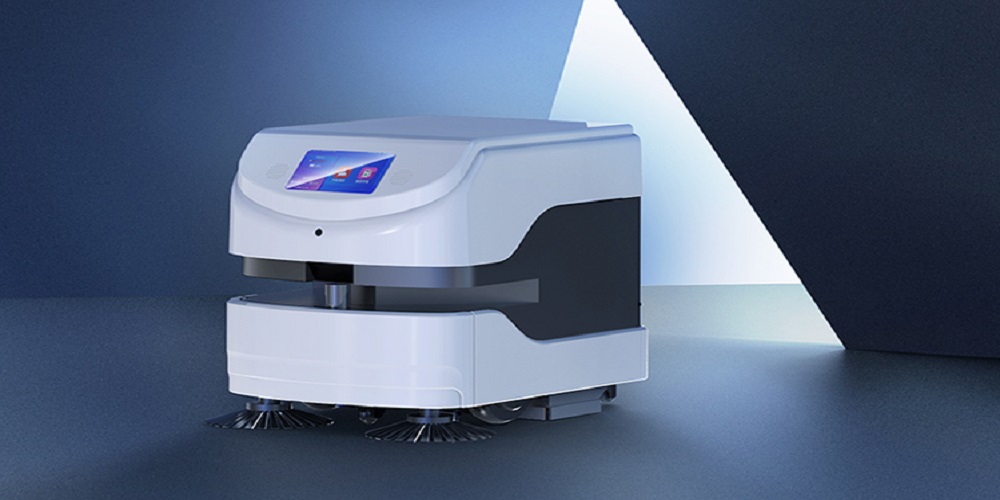Cleaning the floors is a crucial component of both residential and business cleaning. It keeps the floor clean and improves the environment’s sanitary and health. For decades, floors have been cleaned using conventional techniques like vacuuming, sweeping, and mopping. On the other hand, commercial mopping robot have replaced more conventional cleaning techniques due to technological advancements.
All about snail floor cleaners
Snail robotic floor cleaners are a type of cleaning technology that uses sensors, motors, and brushes to clean floors without human intervention. The sensors on these robots can find dirt and dust particles on the floor. They move around the room using motors and clean the floor using brushes. Some sophisticated characteristics of snail robotic floor cleaners include mopping, UV sterilization, and self-charging.
Traditional Floor Cleaning Methods
Mopping, sweeping, and vacuuming is common traditional floor cleaning techniques. Cleaning the floor by mopping involves using a mop and water or a cleaning solution. Vacuuming entails sucking up dirt and dust with a vacuum cleaner, whereas sweeping requires using a broom to remove it off the floor.
Comparison of Snail Robotic Floor Cleaners and Traditional Floor Cleaning Methods
Effectiveness of Cleaning
Robotic floor cleaners perform better in terms of cleaning effectiveness. Because the sensors on these robots can identify even the smallest dust and dirt particles, the floor is completely cleaned. Furthermore, they can reach places conventional cleaning techniques cannot, such as corners and below furniture. Conversely, conventional techniques frequently leave dirt and dust behind, particularly in difficult-to-reach regions.
Time and Labor
Snail robotic floor cleaners are labour and time efficient compared to conventional cleaning techniques. These robots may be programmed to clean autonomously with little human involvement. To free up your time to work on other things, they may be set to clean at particular times. Conventional techniques demand physical effort and necessitate continual monitoring, which adds to their time and labor requirements.
Sound Level
Compared to conventional cleaning techniques, snail robotic floor cleaners are quieter. These robots are made to function softly, not to disturb the people in the room.
Cost
Robotic floor cleaners cost more than conventional cleaning techniques. Yet, they are more affordable over time because they only require a single investment and may endure for many years. Regular replacements and ongoing expenses are associated with traditional cleaning techniques, such as purchasing cleaning supplies, mops, and brooms.
Hygiene
Compared to conventional cleaning techniques, snail robotic floor cleaners are more sanitary. These robots have UV sterilization technology, which eliminates bacteria and germs on the floor. On the other hand, conventional cleaning techniques frequently leave bacteria and germs behind, particularly in difficult-to-reach regions.
Conclusion
Robotic floor cleaners are preferable to conventional floor cleaning techniques. They function silently and are more sanitary, efficient, and labor-saving. While they could cost more than conventional techniques, they only require a one-time investment and can endure for many years, so in the long term, they are more affordable. Robotic floor cleaners offer a more thorough cleaning solution than conventional techniques because of cutting-edge features like UV sterilizing and self-charging.
